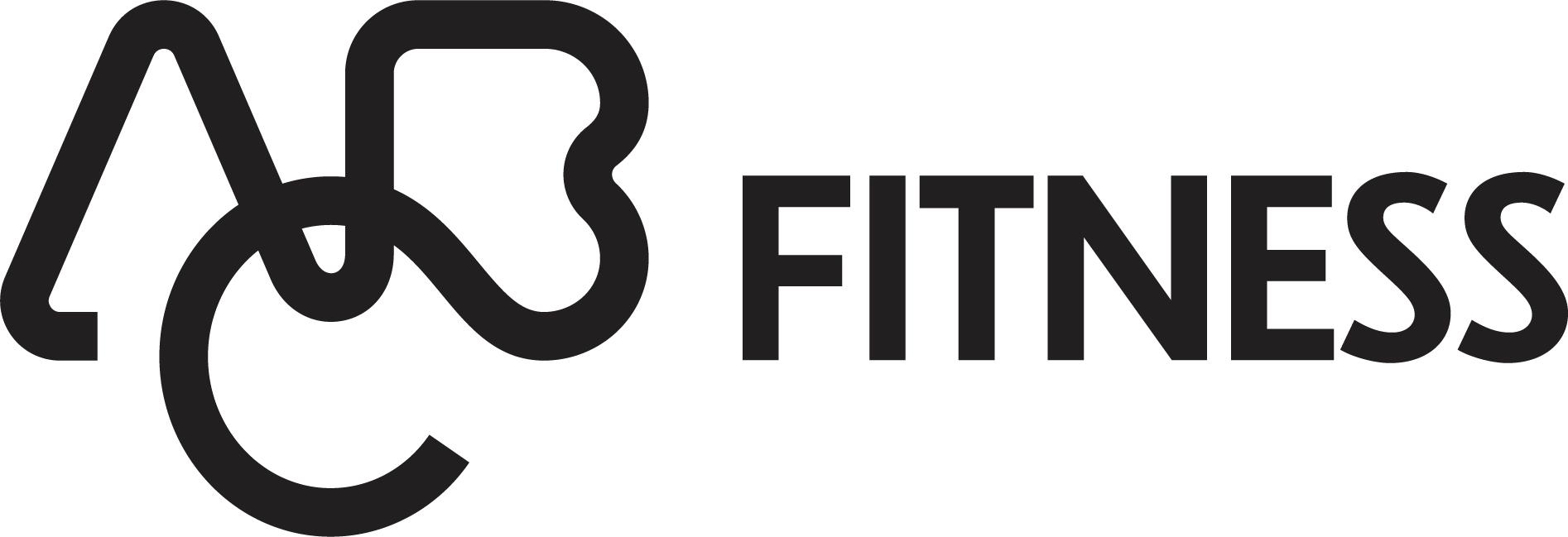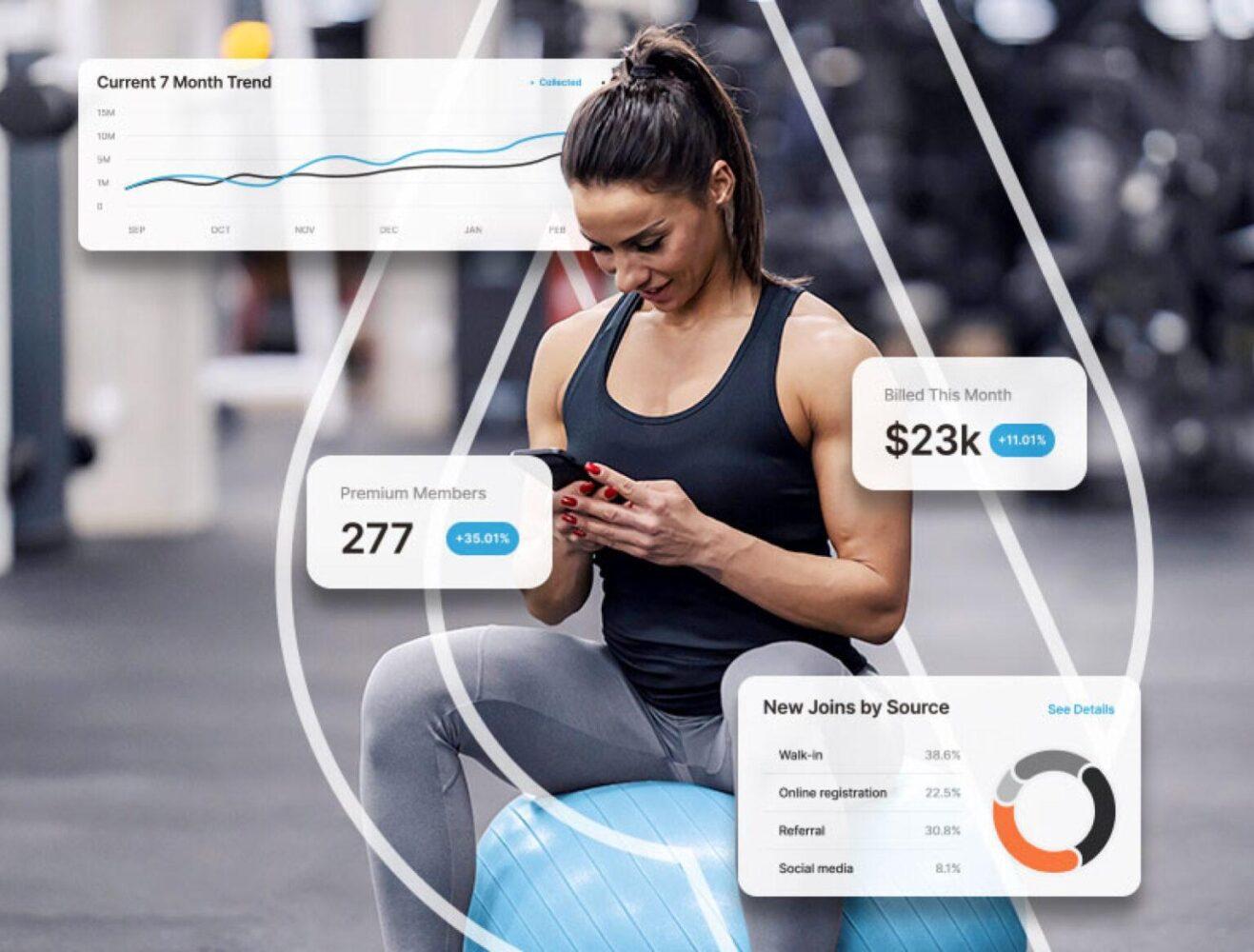Fitness Business Trends and Industry Shifts Post-COVID
What fitness business trends are the experts seeing in our industry post-COVID?
This November, an expert panel of fitness industry all-stars came together for our 2022 State of the Industry webinar where we asked them that exact question. Watch the full webinar to hear their input, and read on where we’ve highlighted their responses below.
Adrian Heffernan—VP of Customer Experience, Les Mills:
I can offer some trends from a programming perspective. I’ll talk to what we see within the Les Mills ecosystem where we estimate we get about seven million workouts a week across live instructor-led programming in clubs, as well as through digital platforms through our 21,000 club partners.
Firstly, one of the things that we’re seeing that comes through very strongly is less around the genre or the type of workout, but it’s more around the time. I think if we all reflect on our time, we’re time poor. Time is our scarcest commodity. So 30-minute workouts, and shorter workouts, are certainly trending really high right now. People are looking for that level of flexibility and convenience in an offering.
When we look at in-club video on demand content, cycling trends highest. It’s where we get the most players.
Mike Leveque – Group COO & CEO Americas, Myzone:
With clubs in 84 countries and two and a half million registered users, we generate a lot of data.
Prior to the pandemic, 63 percent of all exercise sessions were being done inside the club. All of a sudden April 2020 hit, and most clubs around the world were shut. It went down to three percent of workouts being done inside the club and 97 percent of workouts being done outside the club. And even now, today, last month, in October, our industry only got up to 45 percent of workouts being done inside the club.
What we can take away from it as an industry, and as vendors and operators, is to connect with your members outside the club. Extend the member experience of your brand outside of the four walls of the physical plant. The goal should be to set up the club as the health and fitness hub of the community, not just a place where someone will visit two or three times a week. If you do this you can start to service members no matter where they train.
Farhad Gulamhusein—VP Enterprise and Support, Trainerize:
We have seen a rise in the nutrition tracked in our platform and a rise in the in the habits track in our platform. Just last month we had two million habits tracked and we had about a million meals tracked. People are definitely incorporating different aspects of fitness and I think they’re relating it to how they feel mentally and emotionally and it’s contributing to how they approach their lives.
So I’d say, from a trend perspective alone, I think this nutritional and behavioral change piece is becoming more and more important as people think about fitness.
And then of we’re also seeing on the digital side, on our Apple Watch app for example, we had 1.5 million workouts tracked alone on our Apple Watch app .So I think this whole idea of wearables and devices contributing to hat overall experience is still very prevalent, and informing how people experience their fitness journey.
Conor O’Loughlin – CEO and Co-Founder, Glofox:
Historically fitness was deemed as “I want to be fit because I want to look good”, but now it’s actually, having been through what we’ve been through, it’s more about “I want to feel good” and “I’m actually prioritizing how I’m feeling.”
That’s opening up a lot more opportunities for more nuanced disciplines to enter in. I think there’s really creative applications for how gyms and studios can keep those members engaged and create that motivation and create that experience and fulfill those needs.


